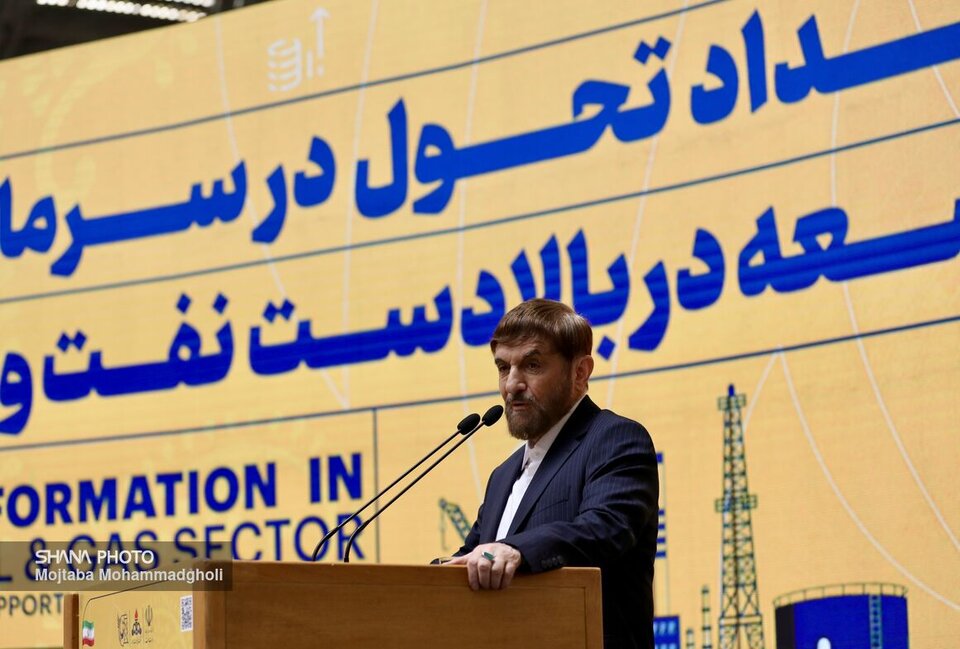Aqa-Mohammadi, speaking Tuesday at the opening ceremony of the Strategic Transformation in Iran’s Upstream Oil and Gas Sector, Unlocking Investment and Financing Opportunities in NIOC projects event, said attending this major event marks a valuable opportunity to begin a new chapter in Iran’s economy—one that, under the Seventh Development Plan, could achieve 8% economic growth.
He noted that past administrations, both under former president Hassan Rouhani and the late president Ebrahim Raeisi, reached a consensus that the 6.5 million-barrel capacity is achievable. This was also presented twice to the Supreme Leader at progress exhibitions and received his approval.
Aqa-Mohammadi stressed that speed in execution is now key to success, adding that under President [Pezeshkian’s] government, this goal has been institutionalized in a cohesive Action and Implementation Plan, with all executive bodies mobilized to achieve it.
He cited lengthy contract signing processes as a major past obstacle, noting that finalizing a deal once took over three years. However, reforms in regulations, increased profitability, diversified financing methods and improved investor relations have now significantly streamlined the process.
Referring to contracts ready for signing with petrochemical companies for gas production, he said these deals are in their final stages at the Economic Council and some may be signed during this event.
Aqa-Mohammadi also mentioned Iran’s 2025 Vision Plan and the 2050 Horizon, stating that the 20-year vision period ends this year, paving the way for a new 25-year plan. Two key priorities in this period are addressing Iran’s youth population and adapting to oil and gas’ shifting role in the global economy. Maximizing fossil fuel extraction during this timeframe is essential, he said, while leveraging young talent and academia to advance digital transformation and comprehensive development.


Your Comment